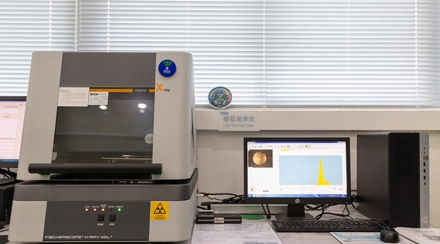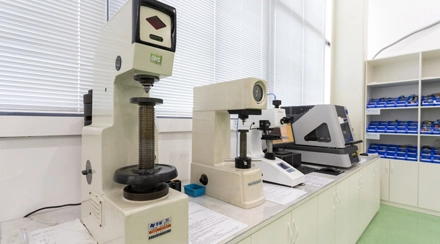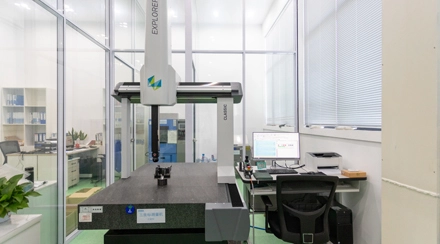Powder metallurgy has a unique chemical composition and mechanical and physical properties, which cannot be obtained by traditional casting methods. The use of powder metallurgy technology can be directly made into porous, semi-dense or fully dense materials and products, such as oil-bearing bearings, gears, cams, guide rods, cutting tools, etc., is a kind of less no-cutting process. BulkTEK is a leader in metal powder metallurgy, specializing in powder metallurgy forging and part manufacturing. As one of the top powder metallurgy manufacturers and suppliers, we offer high-quality powder metallurgy for sale. Our advanced facilities in China ensure precision and reliability in every product.
Powder metallurgy can manufacture complex, fine shapes, such as various types of gears, cams, racks, its shape, size and form can achieve high precision. Powder metallurgy can realize the change of physical and chemical properties of the material by adjusting the composition of the material, such as adjusting the hardness, toughness and wear resistance. By controlling the particle size, shape and distribution of the powder, materials with special friction, wear resistance, strength or other physical properties can be manufactured.
Powder metallurgy materials have a wide range of applications, including: the manufacture of iron-based or copper-based alloys of oil-bearing; the manufacture of iron-based alloys of gears, cams, rollers, molds; the manufacture of friction aggregates, brake pads; the manufacture of cemented carbide cutting tools, molds and gauges; new energy materials and energy storage materials; the biological field of medical materials; the application of the military field.
There are three important signs in the development of modern powder metallurgy technology:
To overcome the difficulties arising from the melting and casting of refractory metals, the manufacture of tungsten filaments for electric lamps in 1909 promoted the development of powder metallurgy; the emergence of powder metallurgy cemented carbide in 1923 was hailed as a revolution in machining.
The successful production of porous oil bearing in the 1930s; followed by the development of powder metallurgy iron-based mechanical parts, giving full play to the advantages of powder metallurgy less cutting or even no cutting.
To more advanced new materials, new technology development. In the forties, metal ceramics, diffusion reinforced materials, the late sixties to early seventies, powder high-speed steel, powder high temperature alloys have appeared; the use of powder metallurgy forging and hot isostatic pressing has been able to manufacture high-strength parts.
Powder Metallurgy Forging is a manufacturing process that combines powder metallurgy and forging to produce high-strength, high-density metal components. It begins with the production and blending of metal powders, which are then compacted into a desired shape. The compact is sintered to bond the particles and increase strength. Finally, the sintered part is heated and forged under high pressure to further densify and refine its microstructure. This hybrid process allows for the creation of complex geometries with superior mechanical properties, making it ideal for applications in automotive, aerospace, industrial machinery, and medical devices.


